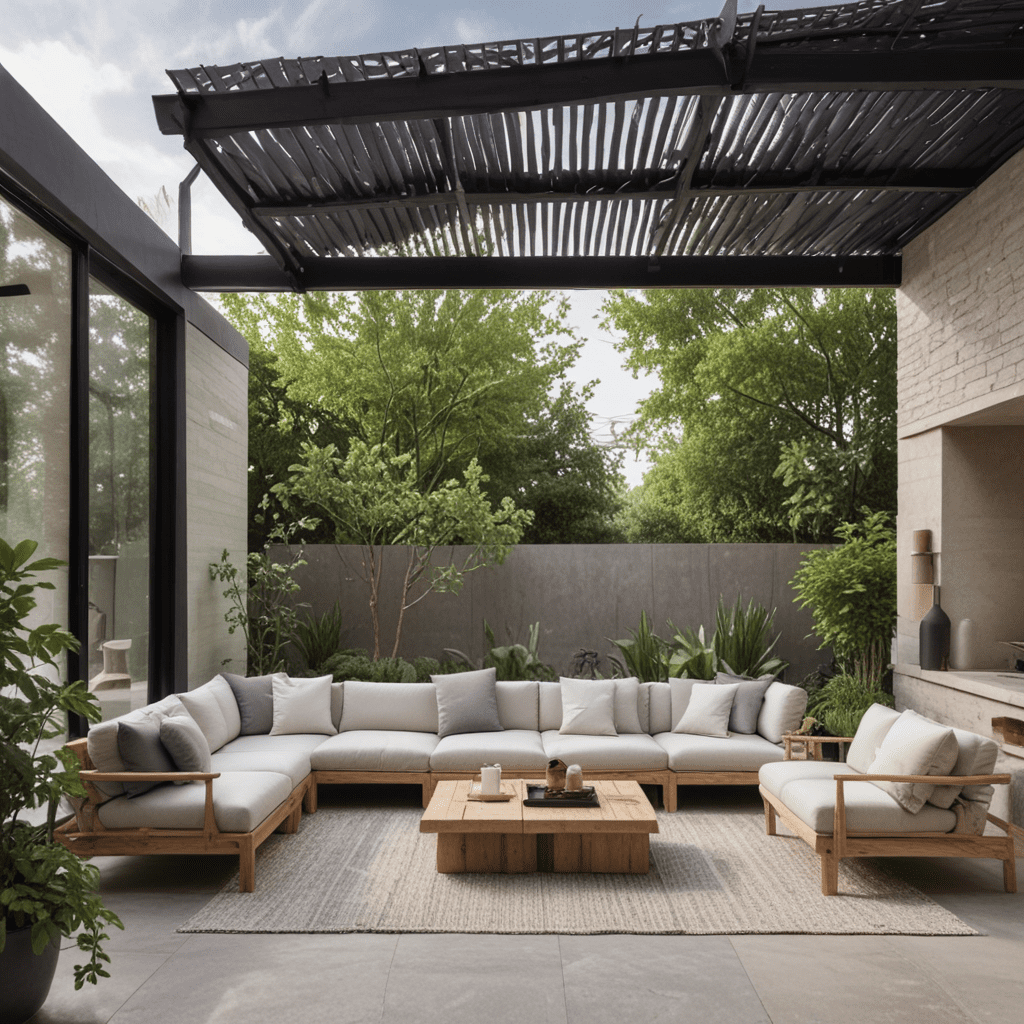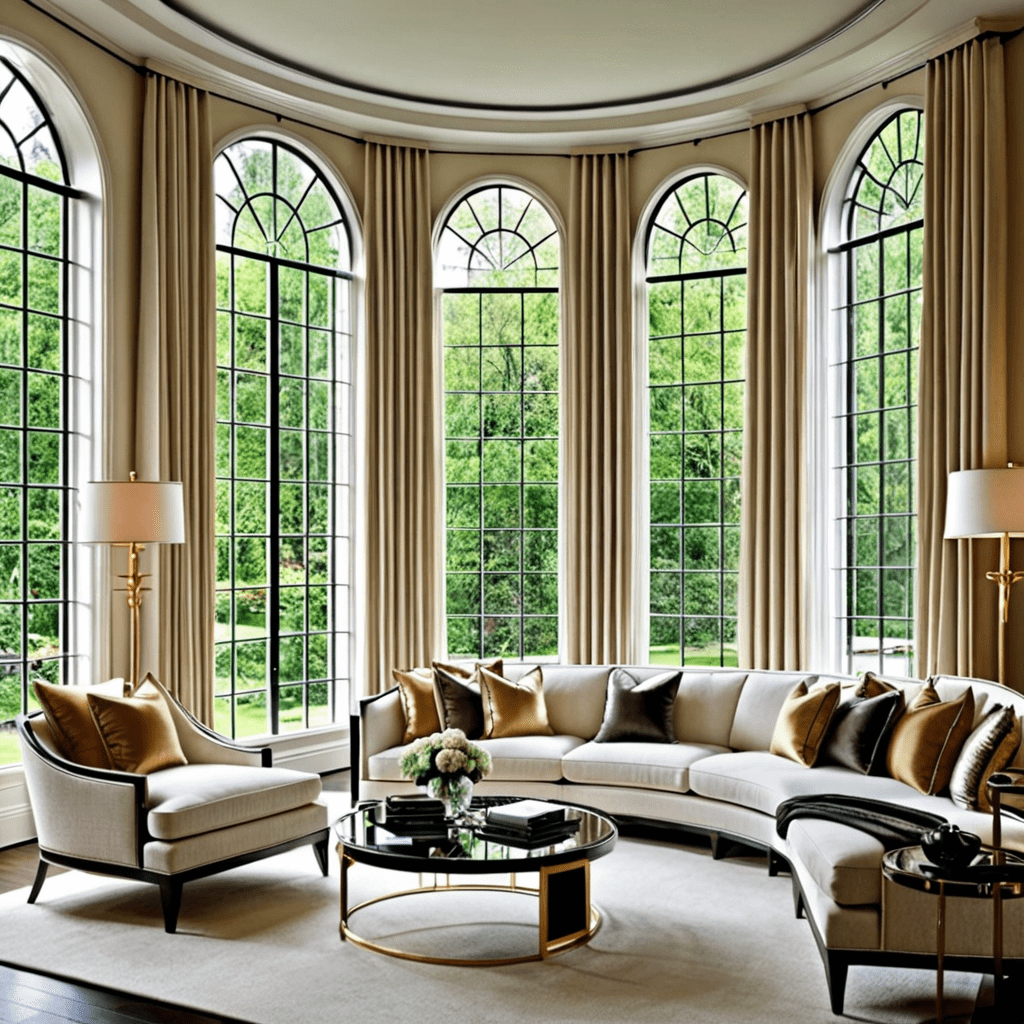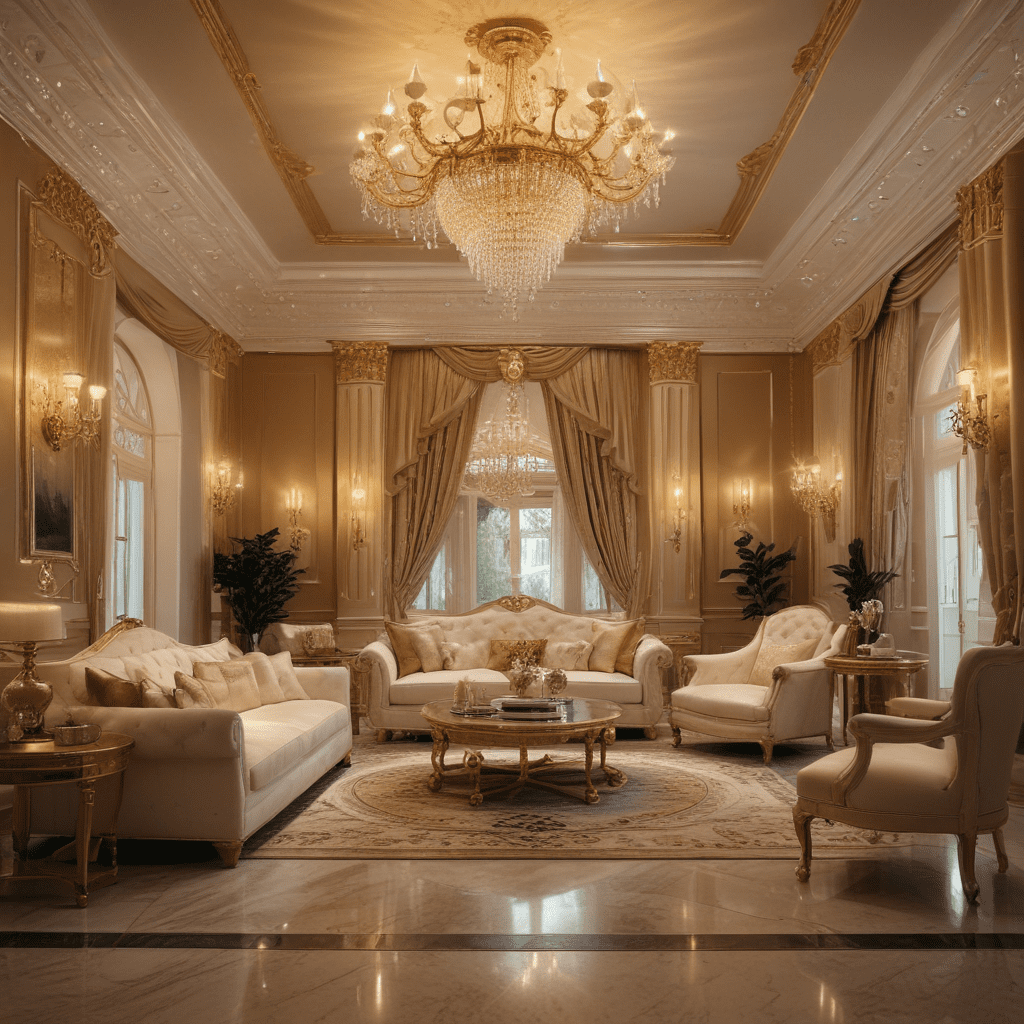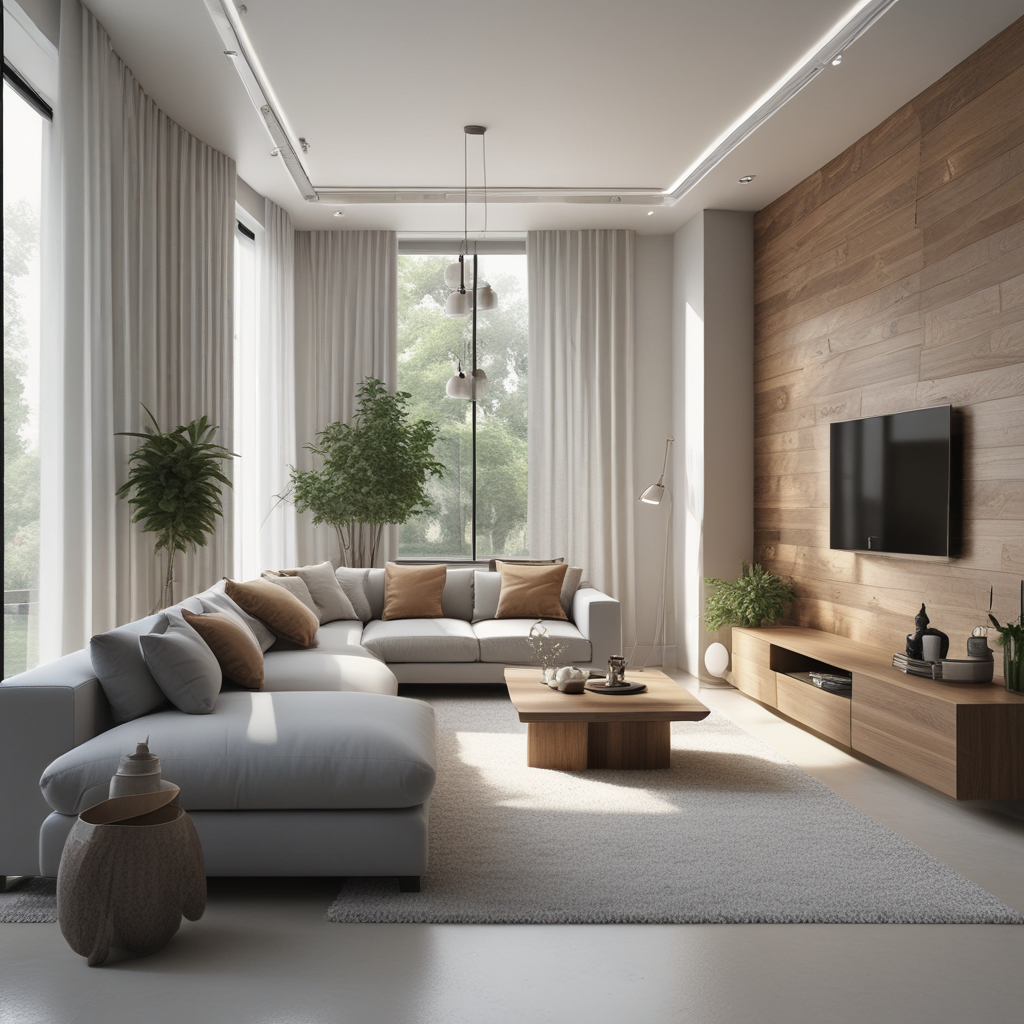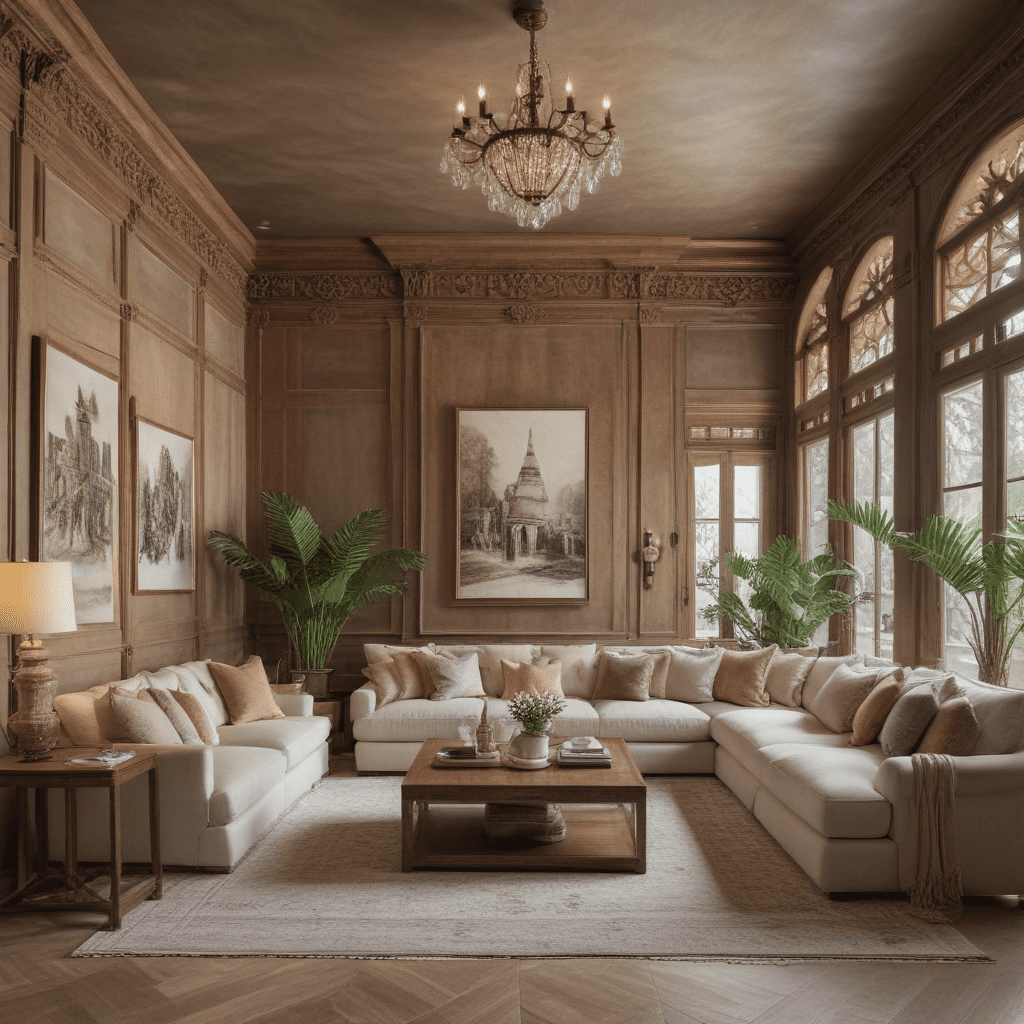How Repetition Can Improve Your Interior Design
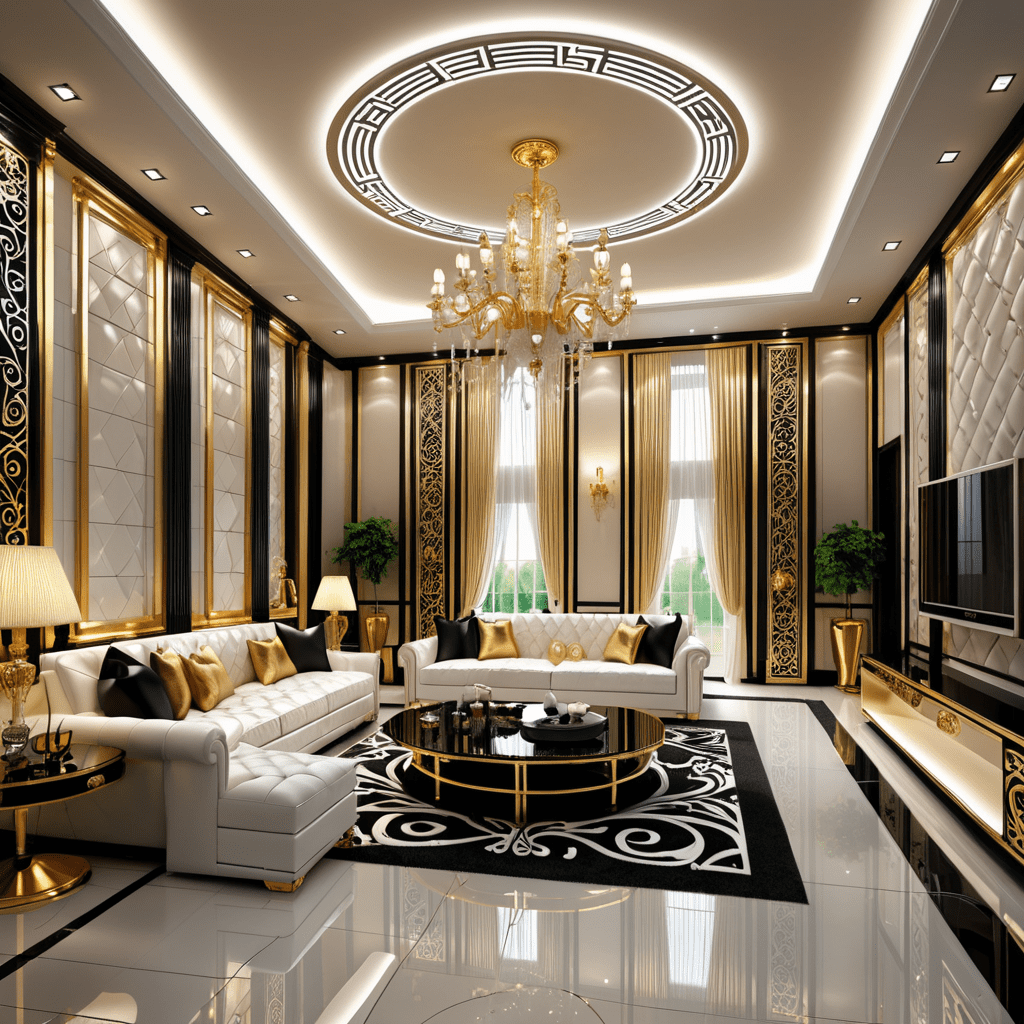

Repetition Interior Design: Creating Harmony through Consistency
When it comes to interior design, one key principle that can elevate the overall aesthetic appeal of a space is repetition. Repetition refers to the intentional use of recurring elements, patterns, or motifs throughout a room or entire home. This design technique not only creates visual harmony but also establishes a sense of rhythm and unity. In this blog post, we will delve into the benefits of using repetition in interior design and explore various ways to incorporate it into your own living spaces.
The Importance of Repetition in Interior Design
Repetition serves as a powerful tool in interior design, offering a range of benefits that can transform a space from ordinary to extraordinary. Here are a few reasons why repetition is an essential element in creating visually stunning and cohesive interiors:
- Enhances Visual Coherence: By repeating certain elements, such as colors, shapes, or textures, throughout a space, you can achieve a sense of visual coherence and balance. This repetition creates a harmonious flow and prevents the space from feeling disjointed or chaotic.
Creates a Focal Point: Repetition can be used to draw attention to a specific area or object within a room. By repeating a bold pattern or distinctive piece of furniture, you can create a focal point that becomes a visual anchor, adding interest and depth to the overall design.
Establishes a Sense of Continuity: Repetition can be employed to establish a sense of continuity and connection between different areas or rooms within a home. Consistently using the same materials, colors, or patterns throughout the space helps to unify the design and create a cohesive narrative.
Adds a Layer of Sophistication: Incorporating repetition in interior design exhibits a level of thoughtfulness and intentionality. It demonstrates a conscious decision to create a space that not only looks beautiful but also tells a story. This attention to detail adds a touch of sophistication to the overall design.
Ways to Incorporate Repetition in Interior Design
Now that we understand why repetition is an important design element, let’s explore some practical ways to incorporate it into your own interior design projects. Whether you prefer a minimalistic or eclectic style, there are various techniques you can employ to harness the power of repetition:
1. Repetition of Colors
- Choose a color palette and repeat certain hues throughout the space.
- Add pops of color in different areas using the same shade.
2. Repetition of Patterns
- Use a patterned wallpaper or fabric in multiple areas of a room.
- Incorporate cushions, rugs, or curtains with the same pattern.
3. Repetition of Materials
- Select a few key materials and incorporate them in different ways.
- Use the same material for countertops, backsplashes, and other surfaces.
4. Repetition of Shapes
- Choose a specific shape and repeat it in various elements.
- Incorporate circular mirrors, round ottomans, or cylindrical vases throughout the space.
5. Repetition of Accessories
- Display collections of similar items, such as vases, artwork, or ornaments.
- Arrange identical or similar accessories in different areas of the room.
6. Repetition of Lighting Fixtures
- Select matching light fixtures for different areas of the home.
- Use pendant lights or sconces of the same design to create a consistent look.
By incorporating these repetition techniques, you can transform your living spaces and imbue them with a sense of harmony and sophistication.
FAQ: Frequently Asked Questions
1. Is repetition suitable for all interior design styles?
Yes, repetition is a versatile design technique that can be applied to various interior design styles. Whether your preference is modern, traditional, eclectic, or minimalist, repetition can help create a cohesive and visually appealing space.
2. How do I strike a balance between repetition and monotony?
To strike a balance between repetition and monotony, it’s important to vary the way you incorporate the repeated elements. Play with different scales, sizes, and arrangements to add visual interest and prevent the space from feeling too repetitive or dull.
3. Can repetition be used in small spaces?
Absolutely! In fact, repetition can be particularly effective in small spaces as it can create a sense of continuity and make the room appear larger. Just be mindful of scale and choose elements that are proportionate to the space.
4. What if I’m not a fan of bold patterns or colors? Can I still use repetition?
Yes, repetition doesn’t have to be limited to bold patterns or vibrant colors. You can achieve a similar effect by repeating more subtle elements, such as textures, materials, or even simple shapes. The key is to create a consistent visual language within the space.
5. Can I mix different types of repetition in one room?
Absolutely! Mixing different types of repetition can add depth and complexity to your design. Just ensure that the repeated elements complement each other and contribute to the overall aesthetic you want to achieve.
6. Is repetition only applicable to decor elements?
No, repetition can extend beyond decor elements. You can also apply this concept to architectural features, such as windows, arches, or columns, to create a cohesive and visually appealing space.
In conclusion, repetition is a powerful interior design technique that can enhance the overall aesthetic and visual coherence of a space. By thoughtfully incorporating repetition of colors, patterns, materials, shapes, accessories, and lighting fixtures, you can create remarkable living spaces that exude harmony and sophistication. So, why not experiment with repetition and see how it can transform your own home?
